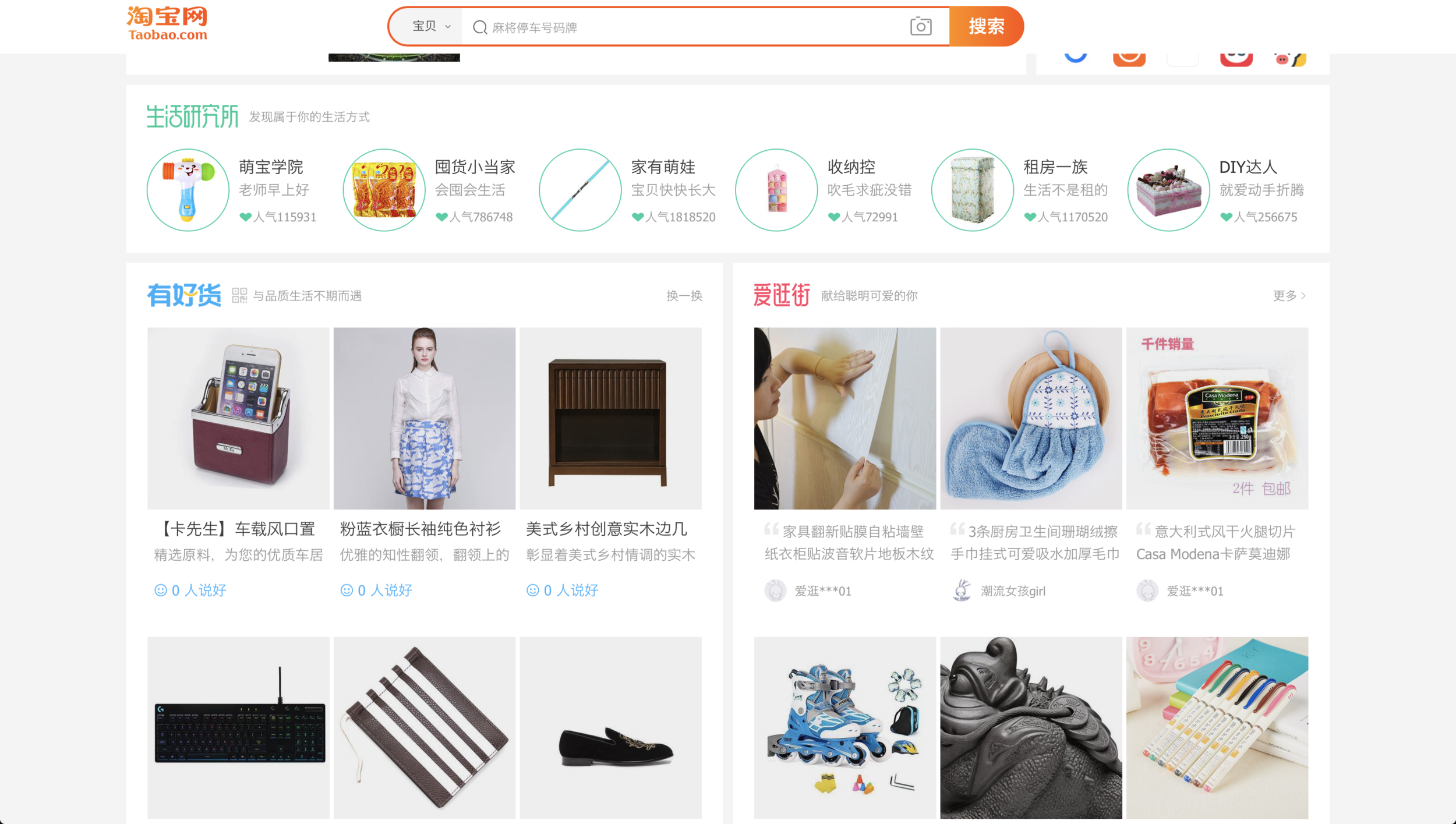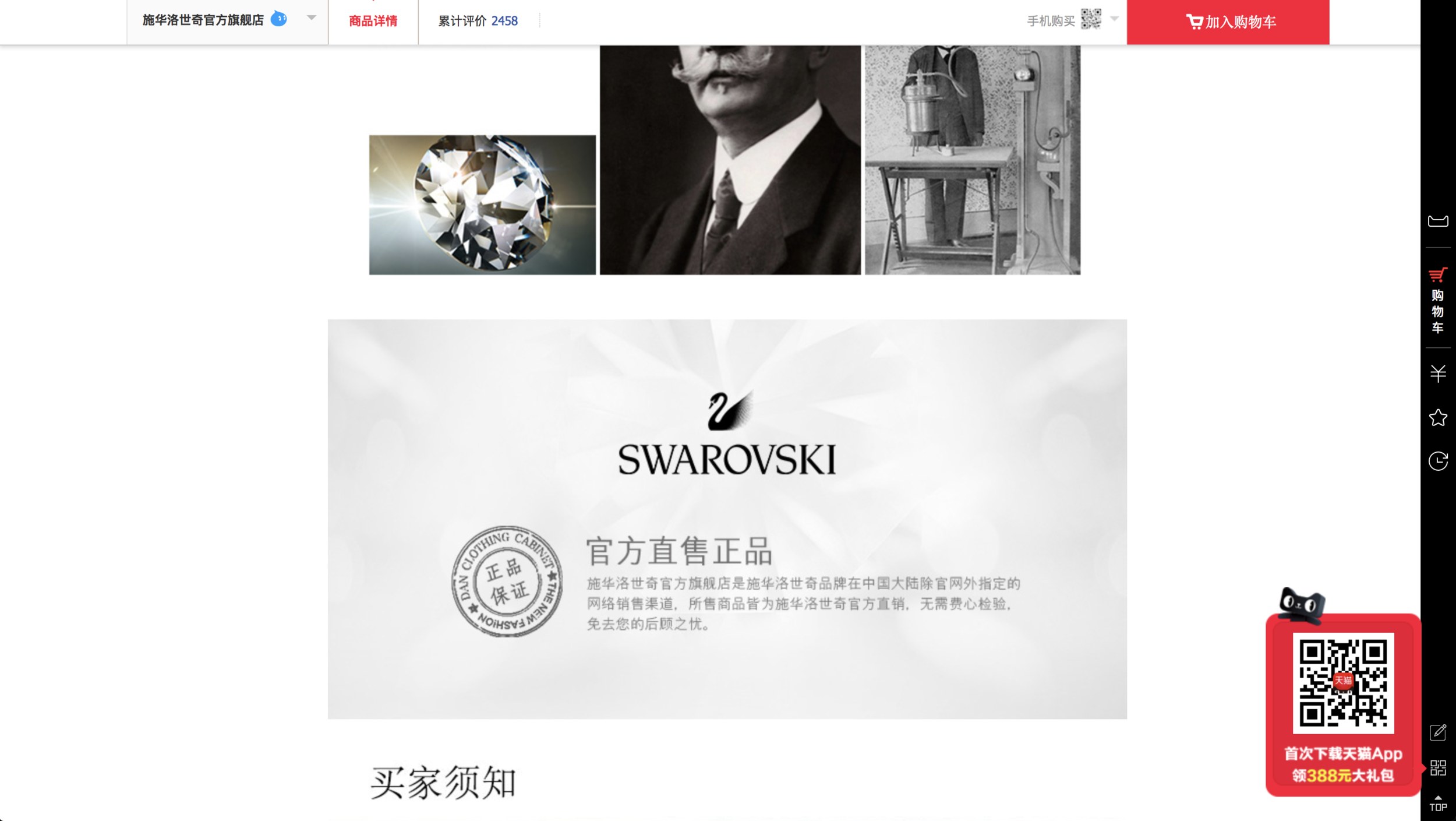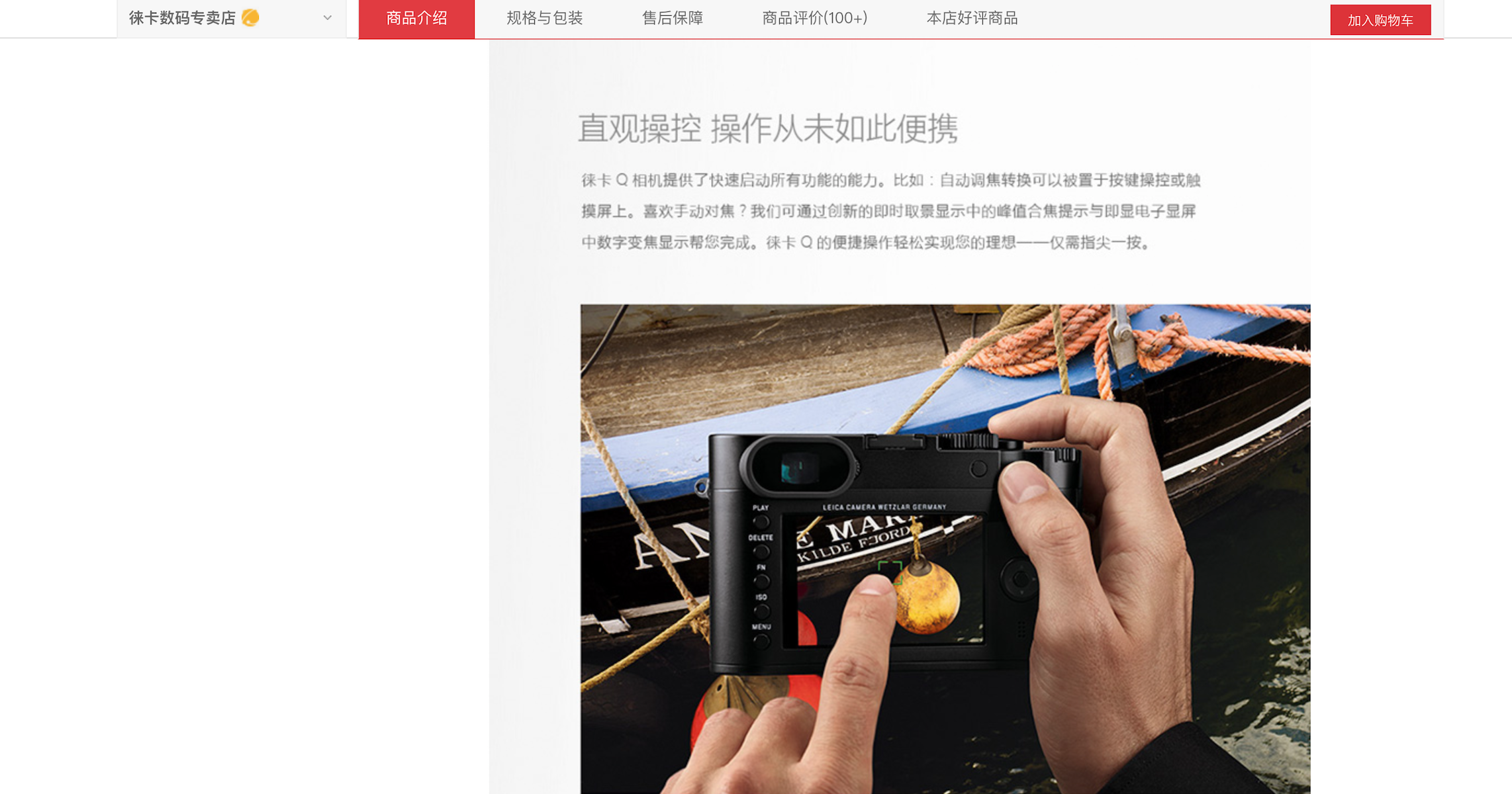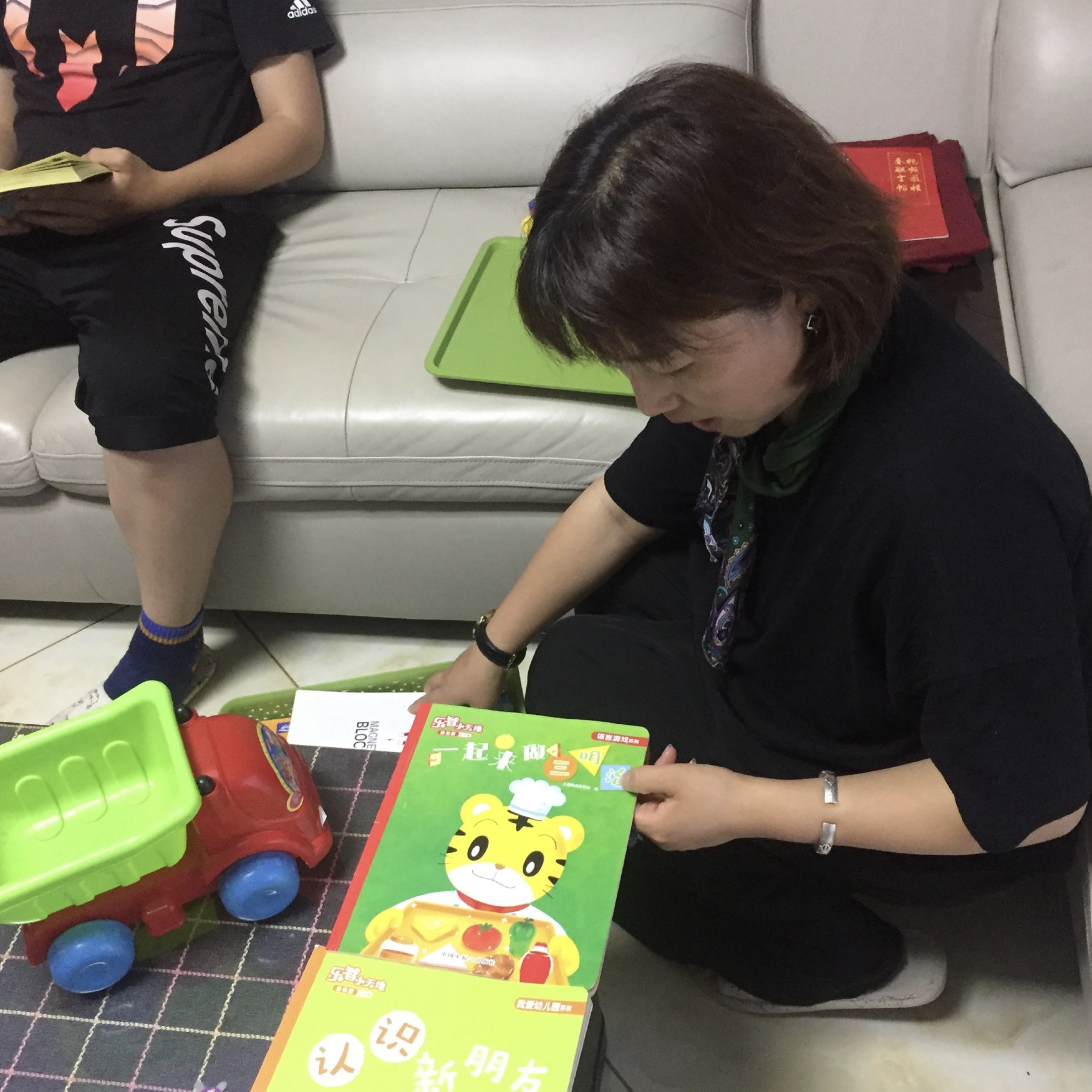From copying western online shopping sites to creating its own eco-system, China’s online shopping experience has changed dramatically during the last 10 years. Consumers not only can buy their favorite products on Jingdong and Taobao, but also create a virtuous circle of knowing, buying and sharing through WeChat eco-system. In this case study, we want to share what we have learned from Chinese consumers and uncover why China has developed unique online shopping habits.
More time browsing
Today, Chinese users go to Taobao and Jingdong not only to buy things but also to keep up to date with fashion trends, seek out the best discounts, and look for products that are a perfect fit. These trends can be credited to the efforts of the Chinese e-commerce industry in promoting UGC in the online shopping experience.
Taobao and Jingdong are both known for their content-heavy homepages. The two platforms now feature different themes on their home pages, such as 发现好货,魅力装扮,我型我塑,and 每日好店. Each theme leads users to a new, well-designed page that offers an array of products and online stores. In this way, users can spend more time clicking around and browsing the online stores that they are interested in, much like they do in offline stores. The experience has become more entertaining and practical.

Closed loop — Knowing, buying and sharing, all in one place
China’s Post ‘80s and ‘90s generations are highly focused on KOLs on Weibo, WeChat, and other forms of social media. E-commerce based on KOLs is growing fast. According to Weibo Big Data, Weibo Show Window’s monthly trading volume in the second quarter of 2017 increased by 106.9% compared to the second quarter of 2016. To seize this opportunity, Taobao and Jingdong built their own online community and live stream services.
Today, Taobao and Jingdong have become one-stop shops that provide a closed-loop shopping experience. Users can follow KOLs on these sites to find products, reducing instances in which consumers switch between apps and websites and lowering the number of drop-outs. Users can gather product information and complete their purchases on a single streamlined shopping platform.

Placing trust in customer reviews and certificates
In many cases, Chinese consumers feel uncertain about whether products are genuine, largely because Taobao has a long history of selling fake products. In 2018, the U.S. Trade Representative put Taobao on its blacklist for the second year in a row for this reason; and in 2015, the owner of Gucci and Yves Saint Laurent filed a lawsuit against Alibaba in New York federal court, alleging that the platform was selling counterfeit versions of its products. As a result, users rely on reviews from other real users, certificates, and international awards to make purchasing decisions.
• Chinese users want to see customer reviews, especially bad reviews that expose flaws a vendor may hide, in order to ensure that they don't encounter similar issues.
• Chinese users view official certificates as a guarantee that the product is genuine. At the same time, they also expect to see third-party certificates and international awards, which serve as evidence that the products are high-quality and worth buying.

Expect to see detailed and comprehensive product information
On Taobao and Jingdong, detailed information about brands, product figures and usage scenarios is mandatory. This is because plentiful information helps users make decisions. Large populations from Tier 2 and 3 cities (OR: Large numbers of people from Tier 2 and 3 cities) are now acquiring brand knowledge for the first time. They are eager to learn as much as possible when browsing online. Detailed information lets them know if the products suit them and are worth buying. As well, more comprehensive websites seem more ‘official’ and inspire greater trust.





